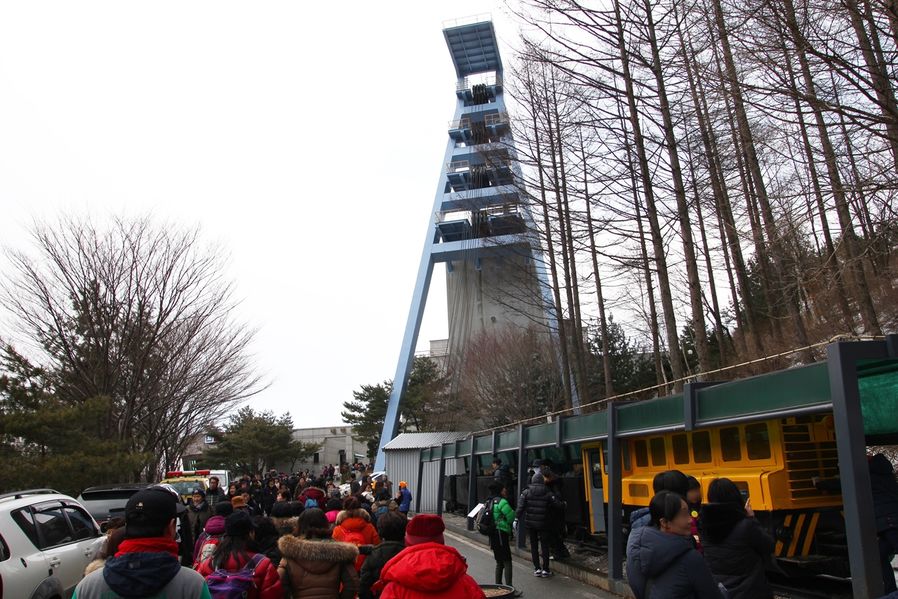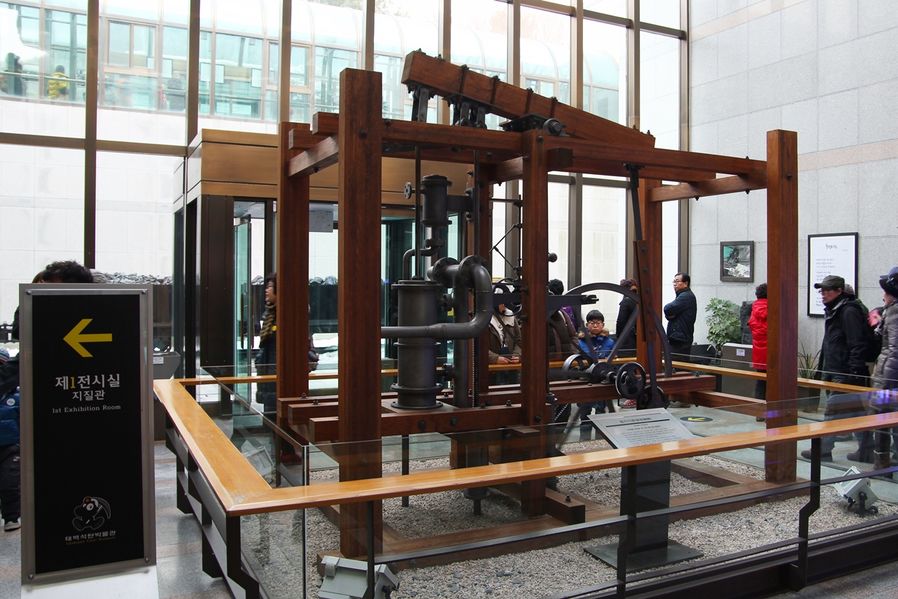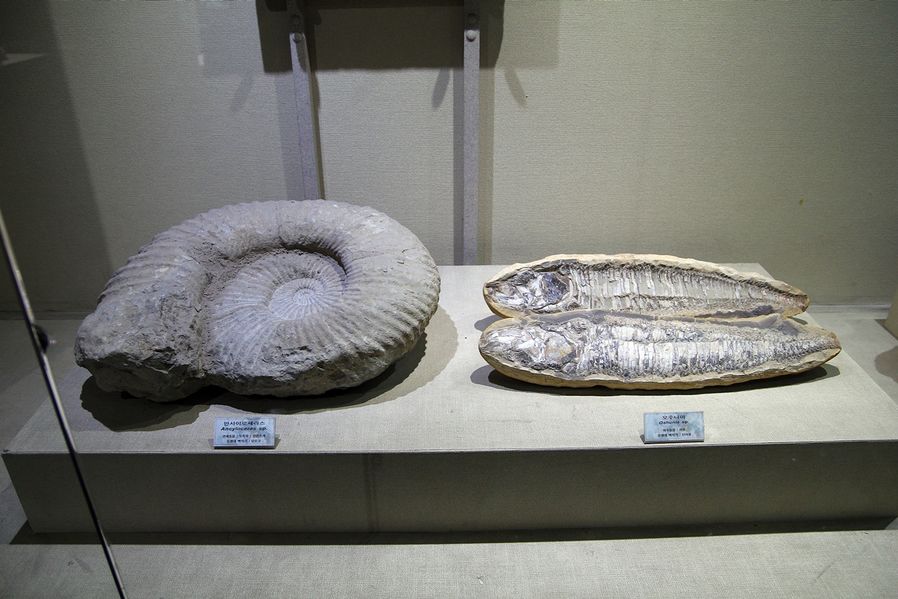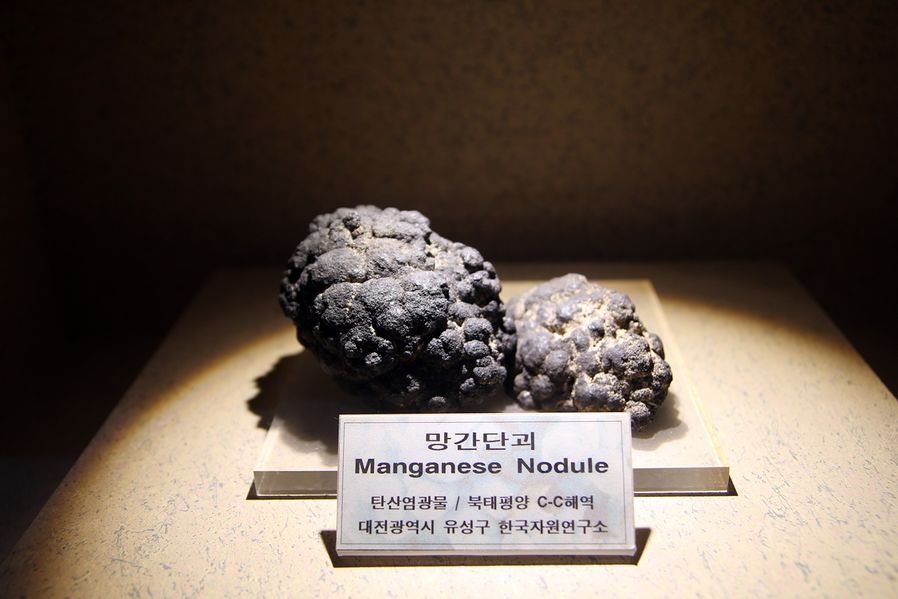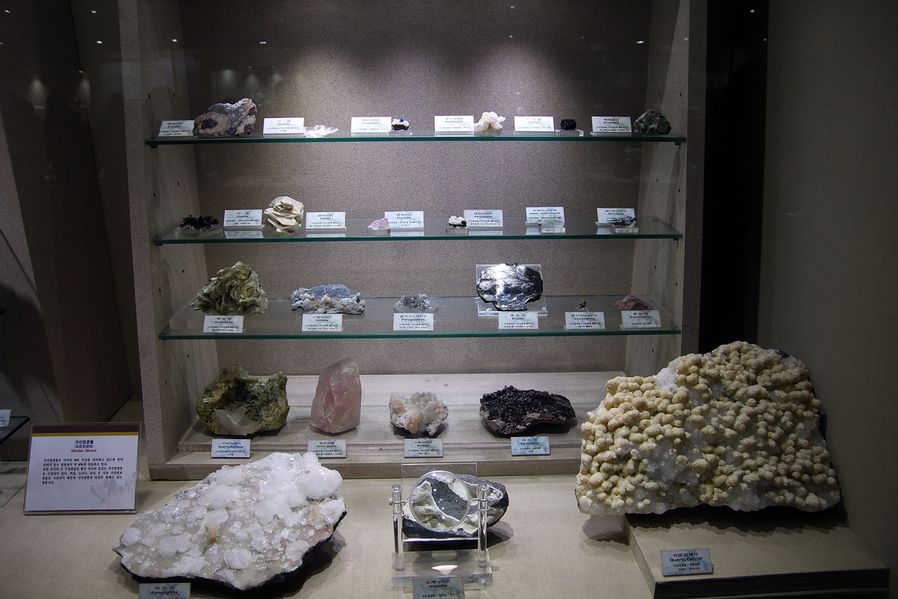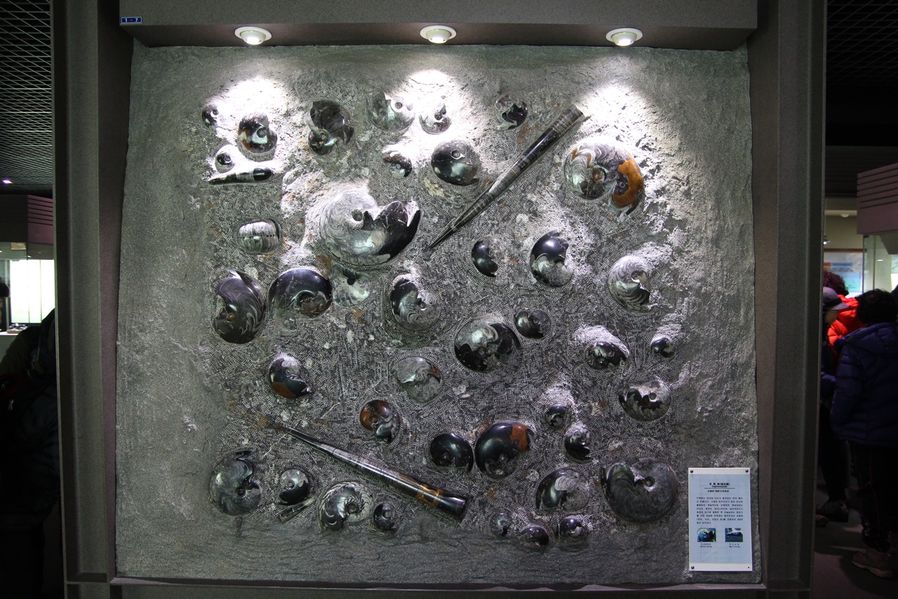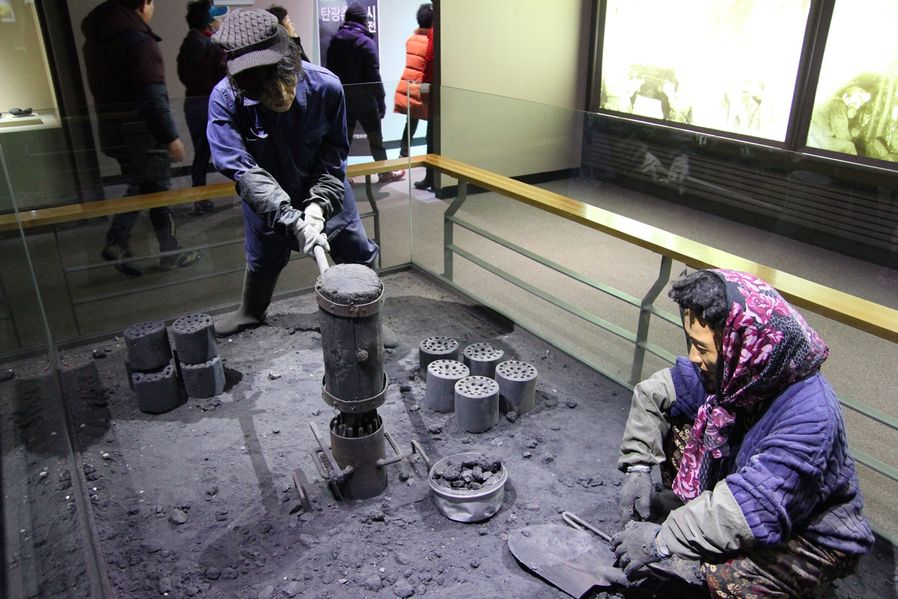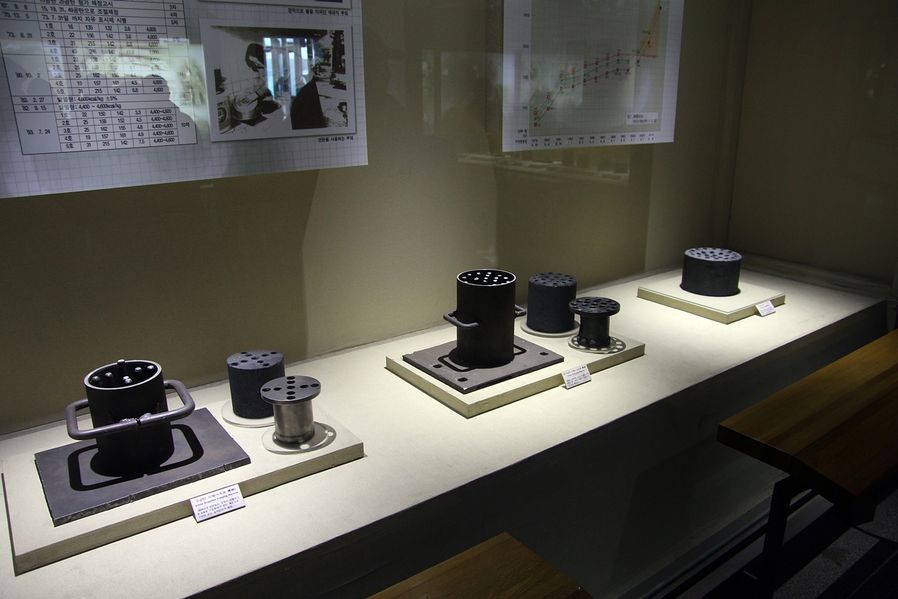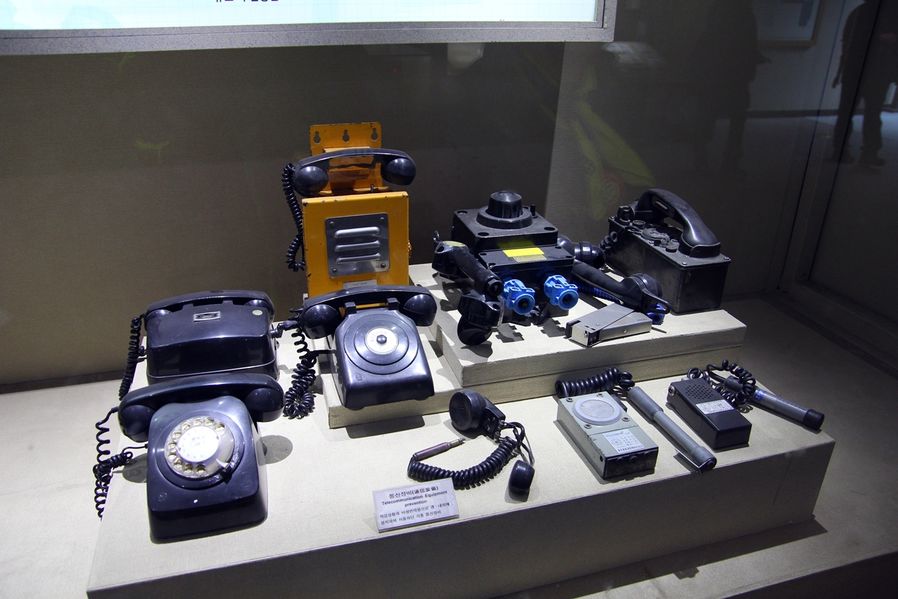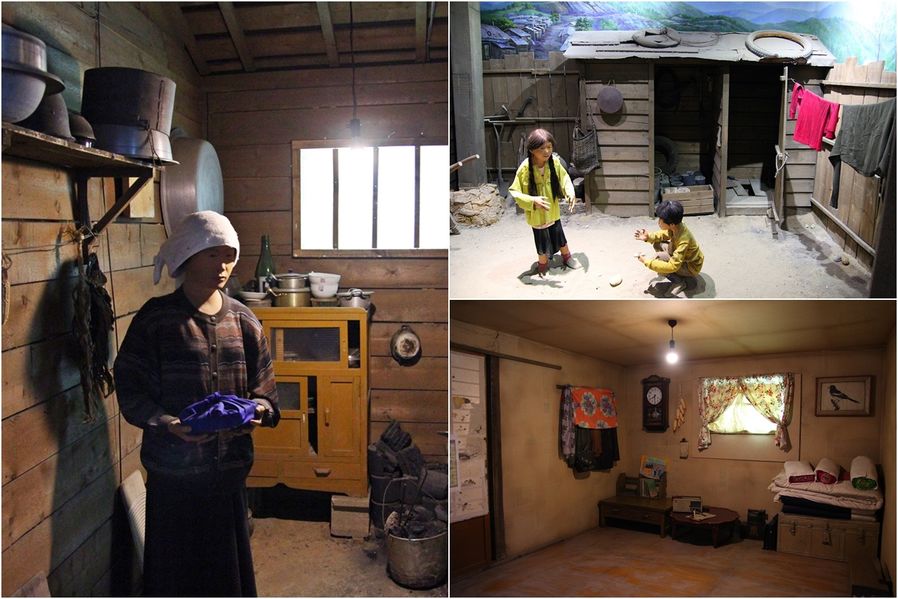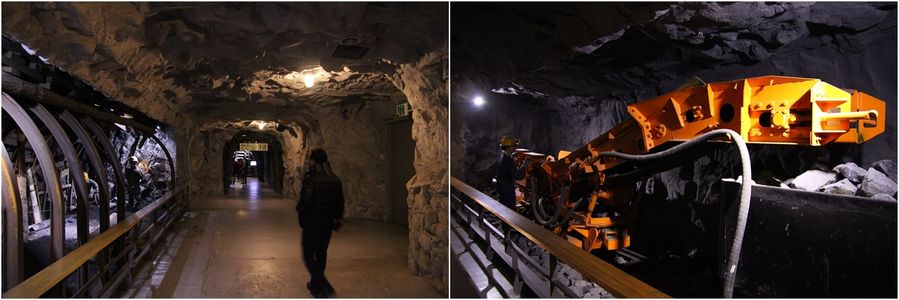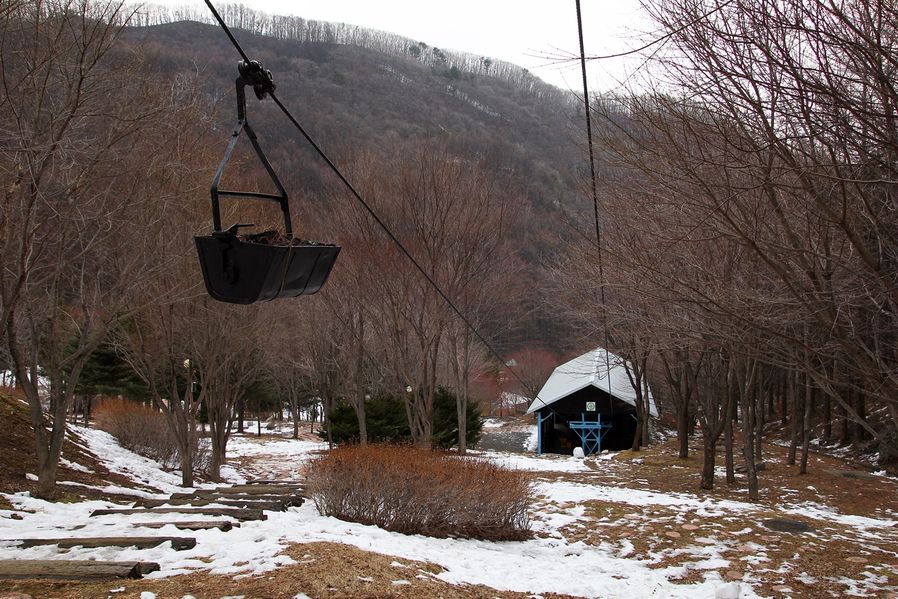-
Start
-
Snow Festival
-
Coal Museum
-
Hill of Wind
-
Yongyeon Cave
-
Chujeon Station
-
Hwangji Pond
-
V-Train
-
Buncheon Station
-
Coal Mine History Town
-
Paleozoic Museum
-
Gumunso
-
Finish
The Largest Coal Museum 'Taebaek Coal Museum'
The only energy resource produced in Korea is coal. Currently, it's not much used because we're provided with gas, oil and electricity but in the modern history, coal was nearly God's blessing. We could all spend winter and operate trains using coals like briquettetes or oval briquettetes.
Taebaek-si has the largest coal museum in the world where you can see the history of Korean coal industry and mineral resources. Taebaek coal museum opened in 1997 that allows us to understand the history of coal and the work of miners who lead the modern history of Korea better.
Inside and outside of the museum, there are so many things displayed that were used in real mines. Taebaek had more than 500 mines that produced 30% of the total coal production in Korea and only a few are barely surviving now.
Okay, I'll get inside. There is no fee here, or it was included in the fee you pay for Taebaek Mountain Provincial Park. I'll show you the fees below.
A steam engine that used coal as fuel was displayed in the lobby on the first floor. This was used to run factory and train, amazing.
I was here during Taebaek Mountain Snow Festival so it was crowded with people. I've been so many places in Korea but I've never seen so many people except when I bumped into school trip teams. This is a new experience.
The exhibition hall in the building is divided into 8 exhibit halls, of which 1 and 2 halls were explaining the basic stories about the production of coal using interesting exhibits. The fossils of… hard to remember name… clams (Ancyloceras) and fish (Oshunia sp.) from Cretaceous period were impressive.
Manganese nodule that are spread all over the front sea of Dok-do Island owned by Korea looks like this. It's under 3,000-5,000m deep in water so there is currently no technique to dredge up but it's known as future resource. I see why Japan is so greedy for Dok-do.
Other than that, various minerals including ores and treasures were displayed and I was stunned to know that all the jewels we commonly recognize are made of these stones.
This is where the fossils of living things were displayed that's called cephalopod because it has legs on its cephalad. This one evolves into something known as ammonite, so it's practically an ancestor of today's octopus or squid.
This is exhibit room 3 where you can see the introduction to the development of coal from its prospecting, mining and manufacturing. The picture above shows you how to produce nineteen-hole briquette and I see people used to make them by hand.
These are frames and tools that were used to make nine-hole briquette and nineteen-hole briquette. Nine-hole briquette was produced in Busan since the 1920s and the nineteen-hole briquette started to be made in the beginning of the 1960s.
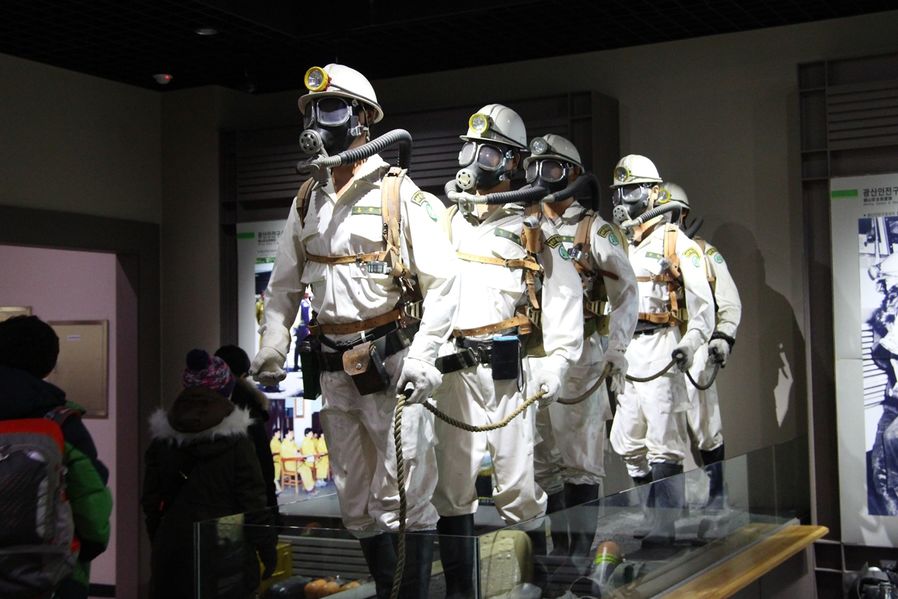
I feel that their life must've been so hard to work in the underground cave. There are different kinds of equipment to wear for safety and communication and they had to breathe in coal dusts in hot and wet mines. They must've worn these at the time.
In another corner, the life of mine worker in a coal-mining town was displayed. Watching their lives fall into a chaotic conditions, I thought we should thank them for what they've done for us to have a life like now. The place in the picture is called Cheoram Coal Mine History Museum which is still in Taebaek-si, and I'll show you around in another post.
After we took around Taebaek Mountain Coal Museum with a lot to see and got out, aerial cableways that were used to deliver coals was hanging on a wire rope in the air. These are commonly used in a ski resort or for cable cars these days.
+ Address : 195, Cheonjedan-gil, Taebaek-si, Gyeonggi-do
+ Telephone : 033-550-2743
+ Opening Hours : 09:00 - 18:00 (No holidays)
+ Entrance Fees : Adult: 2,000 won, Adolescent: 1,500 won, Child: 700 won (Included in Taebaek Mountain Provincial Park ticket)











